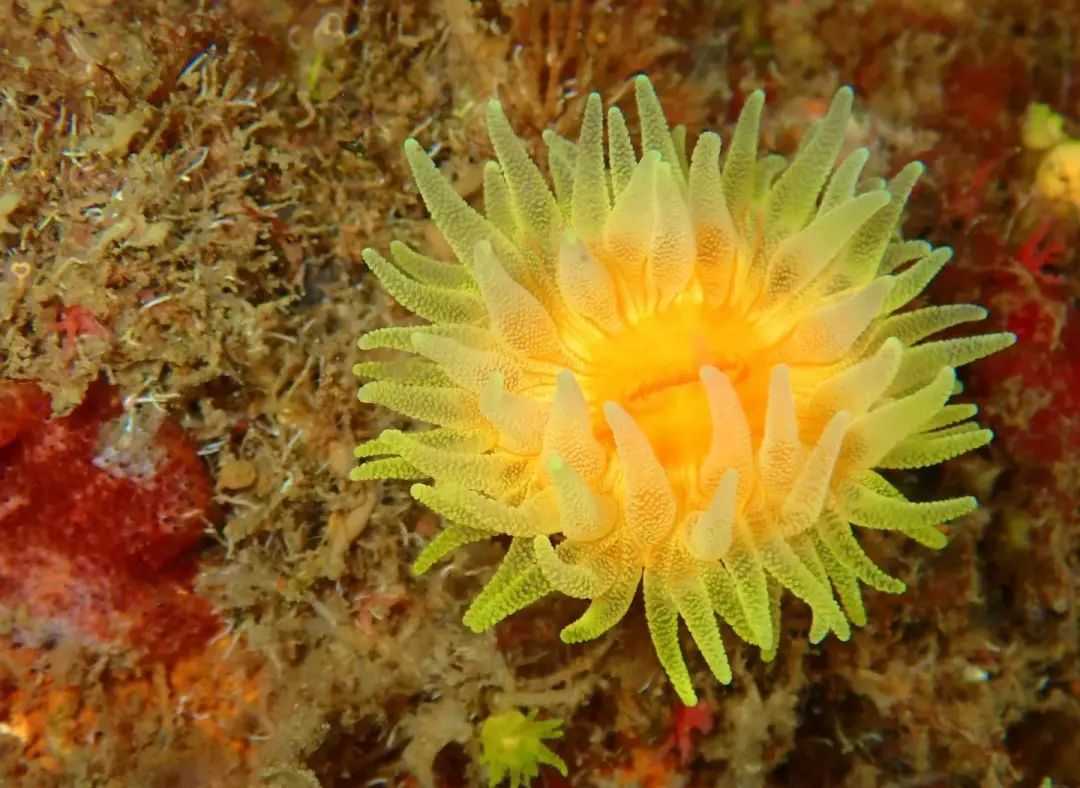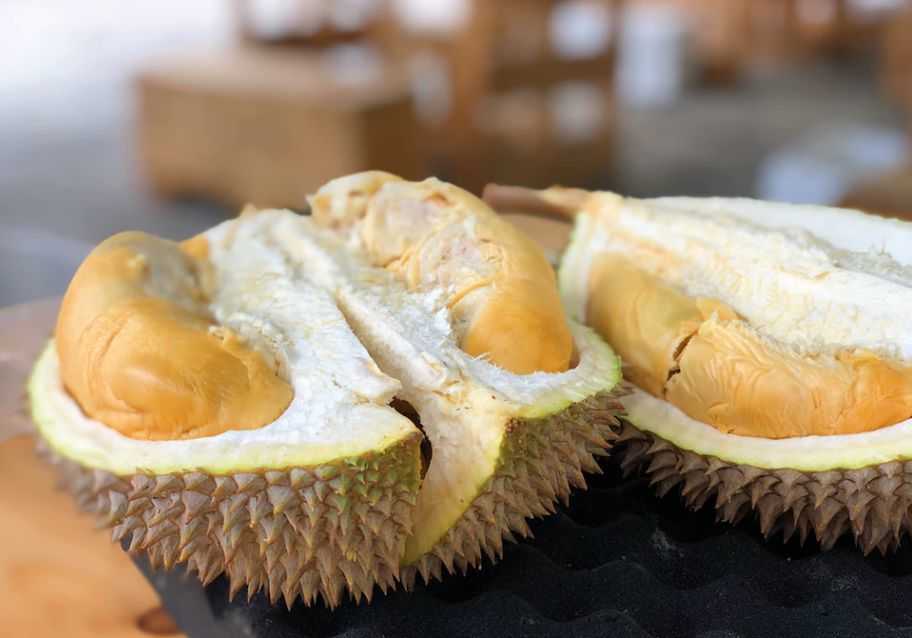
Trachyphyllia geoffroyi, commonly known as the open brain coral or "eight-shaped" brain coral, is a striking representative of the Merulinidae family within the class Anthozoa. Thriving in the shallow tropical sands and reef zones of Indonesia and other warm coastal regions, this coral earns its name from its skeletal structure, which famously resembles the numeral "8." Unlike many corals, its growth pattern transforms a simple conical base into a complex, symmetrical form that captivates both scientists and enthusiasts.
The coral’s skeleton begins as a modest cone but evolves into a distinct "8" or cloverleaf shape, adorned with deep, labyrinthine folds that create a texture akin to a brain’s gyri. Its surface is a canvas of vivid hues, ranging from fluorescent green and vibrant red to soft pink, electric blue, and earthy brown. Some specimens blend these colors in intricate gradients or marbled patterns, resembling abstract paintings crafted by nature. This visual spectacle makes Trachyphyllia geoffroyi one of the most sought-after attractions in underwater landscapes, drawing divers to marvel at its artistic elegance.
Beyond its aesthetic appeal, the eight-shaped brain coral is celebrated for its hardiness, thriving in environments where other corals might struggle. Its robust structure and symbiotic relationship with photosynthetic algae (zooxanthellae) enable it to withstand moderate disturbances, making it a popular choice in reef aquariums. However, like all coral species, it faces existential threats from climate change, ocean acidification, and overcollection for the aquarium trade. Conservation initiatives emphasize sustainable practices and habitat protection to preserve these living masterpieces. As both a symbol of marine biodiversity and a testament to nature’s creativity, Trachyphyllia geoffroyi reminds us of the urgent need to safeguard Earth’s fragile coral ecosystems before their vibrant beauty fades into memory.





